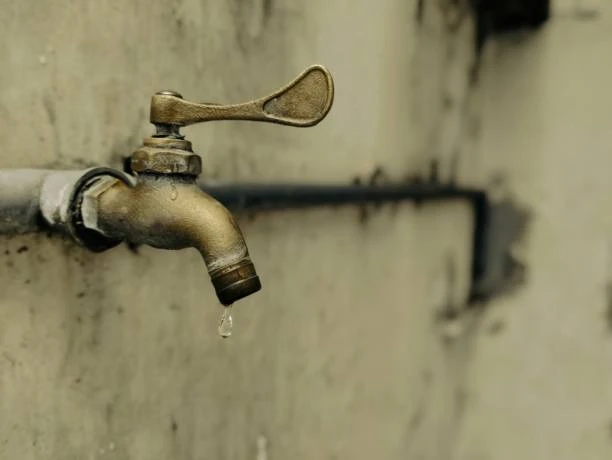Protecting your home from freezing pipes during cold weather is essential, One of the simplest methods is leaving faucets dripping. But how many faucets should you leave dripping? This question often comes up during winter preparations. In this guide, we’ll explore the key factors and provide practical tips to ensure your plumbing system stays safe and functional.
Why Do Faucets Need to Drip During Freezing Weather?
Dripping faucets help prevent frozen pipes by relieving pressure in the plumbing system. When water freezes inside a pipe, it expands, which can cause the pipe to burst. A slow drip keeps water moving, reducing the likelihood of freezing and minimizing pressure buildup.
Understanding the Factors That Influence How Many Faucets to Drip
Several factors determine how many faucets should be left dripping:
Climate and Temperature Severity
If temperatures in your area often drop below freezing, it’s better to leave multiple faucet dripping, especially those connected to pipes running along exterior walls or unheated spaces.
Plumbing Layout
Homes with complex or extensive plumbing systems may need more faucet dripping, particularly in areas prone to cold exposure, like basements or attics.
Pipe Insulation
Well-insulated pipes are less likely to freeze, meaning you might only need one or two faucets dripping. Poorly insulated pipes may require more faucets to ensure water flows throughout the system.

Which Faucets Should You Leave Dripping?
Focus on faucets connected to pipes that are most vulnerable to freezing.
Exterior Wall Faucets
Pipes along exterior walls are exposed to the coldest temperatures. Leave these faucet dripping to reduce freezing risk.
Unheated Space Faucets
If you have pipes in unheated areas like crawl spaces, basements, or garages, prioritize dripping faucet connected to these pipes.
Multi-Level Homes
In multi-level homes, consider dripping at least one faucet on each floor. This ensures water circulation throughout the entire system.
How Much Water Should a Dripping Faucet Release?
A slow, steady drip is enough to protect your pipes. It doesn’t need to be a stream of water. Adjust the faucet to release just one drip per second, which is sufficient to prevent freezing while minimizing water waste.
Additional Tips for Preventing Frozen Pipes
Insulate Exposed Pipes
Wrap pipes with foam pipe insulation, especially those in unheated areas, to retain warmth.
Open Cabinet Doors
Open kitchen and bathroom cabinets to allow warm air to circulate around plumbing fixtures.
Maintain Indoor Temperature
Keep your thermostat at a consistent temperature day and night to avoid significant temperature drops inside your home.
Shut Off Exterior Faucets
Drain and shut off exterior faucet to prevent ice formation in outdoor plumbing.
FAQs About Dripping Faucets and Frozen Pipes
Should all faucet in the house be left dripping?
No, it’s not necessary. Focus on faucet connected to vulnerable pipes, such as those near exterior walls or in unheated spaces.
Does leaving a faucet dripping waste water?
Yes, but the water waste is minimal compared to the cost of repairing a burst pipe. A slow drip uses only a small amount of water.
What temperature should I start dripping faucet?
When the forecast predicts temperatures below 32°F (0°C), start dripping faucet to prevent freezing.
Can I leave hot water dripping instead of cold water?
It’s best to leave both hot and cold water dripping slightly, as both hot and cold water pipes can freeze.
Will dripping faucet guarantee pipes won’t freeze?
Dripping faucet significantly reduce the risk, but they’re not foolproof. Pair this method with insulation and proper home heating for maximum protection.
By understanding how many faucet to leave dripping and focusing on vulnerable areas, you can protect your home from costly pipe damage this winter.